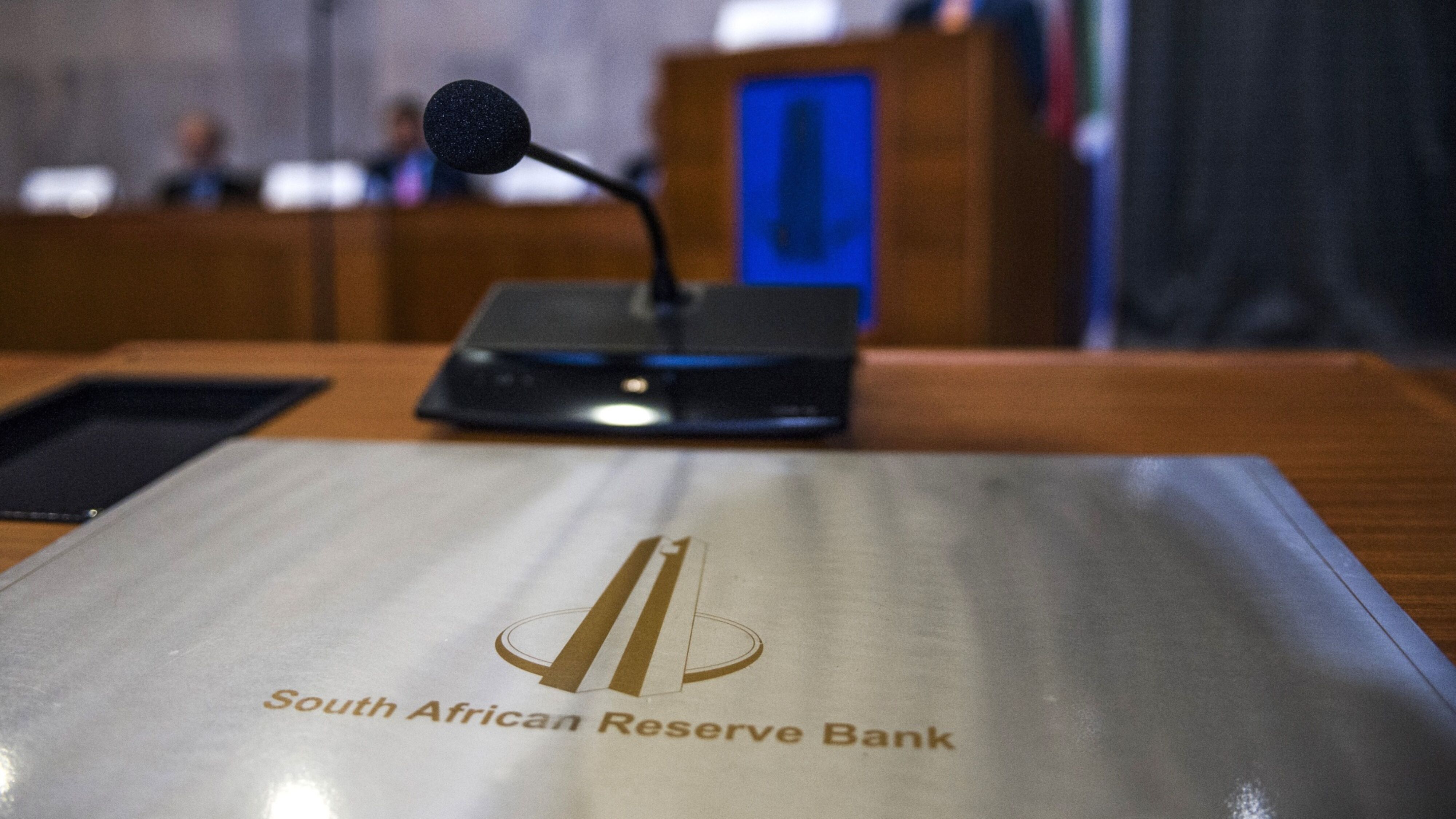The July inflation outcome was better than Nedbank’s forecast of 5.1% and the prediction of 5% from First National Bank and the rest of the market, while Absa's prediction of 4.9% was closest. Inflation for food and non-alcoholic beverages slowed to single digits for the first time in 12 months, down to 9.9% from 11% in June. Excluding drinks, food inflation eased to 10% from 11.1%, with prices in most food subcategories slowing down.
Johannes Khosa, an economist at Nedbank points out that the most significant downward pressure came from oils and fats, which contracted further for the third consecutive month, down by 12.9% year-on-year, reflecting the impact of lower global prices and off an exceptionally higher base established last year when the Russian war on Ukraine disrupted supply of sunflower seeds and other grains.
Vehicle purchase prices continued to rise, increasing by 8.1%, the highest since February 2017, reflecting the impact of backlogs in supplies of some car parts. Koketso Mano, senior economist at FNB says municipal electricity tariff increases averaged 14.2%, following Eskom’s 18.65% increase in April. With the latest municipal tariff hikes, utilities inflation lifted from 6.7% in June to 10.3% in July.
El Niño a threat to food security
The El Niño weather pattern (associated with drier weather conditions) is predicted to occur this year and introduces another uncertainty for food security. However, Khosa says weaker domestic demand will increasingly erode companies’ pricing power, containing the rate at which firms can pass cost increases onto consumers without reducing sales significantly and helping to contain core inflation.
“Lower inflation will probably prompt the South African Reserve Bank to maintain steady interest rates for the remainder of 2023, with the first cut in the first quarter of next year and the repo rate falling to 7.25% in November 2024,” Khosa predicts.
Mano says all indications are that headline inflation could lift to 4.9% in August as positive base effects start to wane. “Meanwhile, monthly inflation should slow, with mainly the pass-through of higher input costs and an undervalued rand still trickling in. A weaker rand and higher international oil prices will be reflected in higher fuel prices in August and September, slowing the rate of annual deflation. We anticipate that headline inflation will likely average just below 6.0% this year before sustainably reverting to target on a protracted basis over the medium term,” she says.
Disinflation trend
The slowing in inflation closer to the 4.5% target, should support gradually lower inflation expectations over time. Reza Hendrickse, portfolio manager at PPS Investments, observes that the steady pace of disinflation in SA is consistent with the trend globally.
This is partly explained by base effects given last year’s very high base, but also through the easing of supply chain bottlenecks globally, and lower commodity prices, particularly energy. In contrast to falling inflation, however, central banks have maintained tight monetary policy settings. The US Fed hiked rates in July after a pause in June, which gave the Sarb leeway to also keep rates unchanged in July. The Sarb would be justified in once again keeping rates unchanged at the September meeting, given this month’s inflation print,” he says.
Hendrickse adds that although the current high-interest rate environment is undesirable for borrowers, investors have been able to capitalise on the high yield available from low-risk asset classes such as cash. DM
This article is more than a year old
Business Maverick
Steady interest rates likely as inflation surprises, falling below 5% for the first time in two years
Economists have been pleasantly surprised as inflation fell faster than expected to a two-year low of 4.7% in July, from 5.4% in June.





